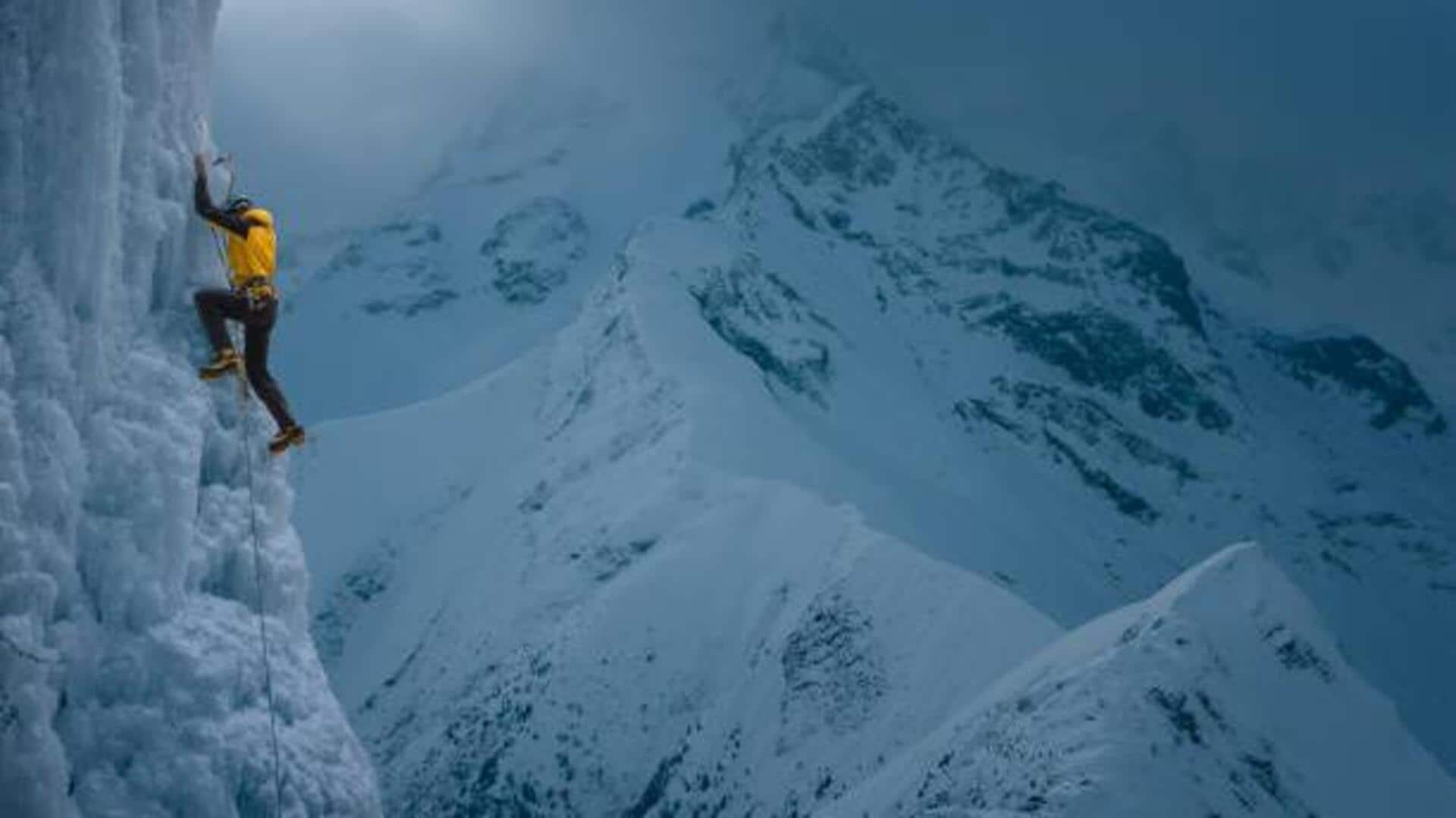
Ice climbing in Sikkim: The ultimate guide
What's the story
For adventure junkies, ice climbing in Sikkim is an exhilarating experience. Located in the eastern Himalayas, Sikkim offers a unique chance to scale icy terrains and mighty peaks. The region's diverse landscapes and challenging routes draw climbers from far and wide. With its stunning views and exciting climbs, ice climbing in Sikkim is an unforgettable adventure for those looking to challenge themselves against nature's frozen wonders.
#1
Best time to visit
The perfect time to go ice climbing in Sikkim is between December to February when the temperatures fall considerably, making it perfect for ice to form. During these months, the weather remains pleasant with clear skies, making it safer and easier to climb. Climbers must be prepared to face cold temperatures that can fall below zero degrees Celsius at higher altitudes.
#2
Essential gear checklist
Proper gear is the key to a safe ice climbing experience. Crampons, ice axes, helmets, harnesses, ropes, and carabiners are a must-have. Layered clothing made of moisture-wicking materials keeps your body temperature intact while giving you the flexibility to climb. Invest in high-quality equipment to stay safe on the icy surfaces.
#3
Popular climbing routes
Sikkim has some popular routes for ice climbers, depending on their experience level. The Yuksom-Dzongri trail, for instance, poses moderate challenges while treating the climbers with mind-blowing views of Kanchenjunga. Meanwhile, the Green Lake trek would be for more seasoned climbers, as it involves tough ascents with rewarding views of snow-capped peaks. Regardless of the route, each has its own challenges that require proper planning.
Tip 1
Safety tips for climbers
Safety should always be paramount when ice climbing in Sikkim. Climbers must evaluate weather conditions before embarking on their climb and be alert for dangers like avalanches or falling ice chunks. It's best to climb with experienced guides who are well-versed with local terrain nuances and emergency protocols if required during expeditions.